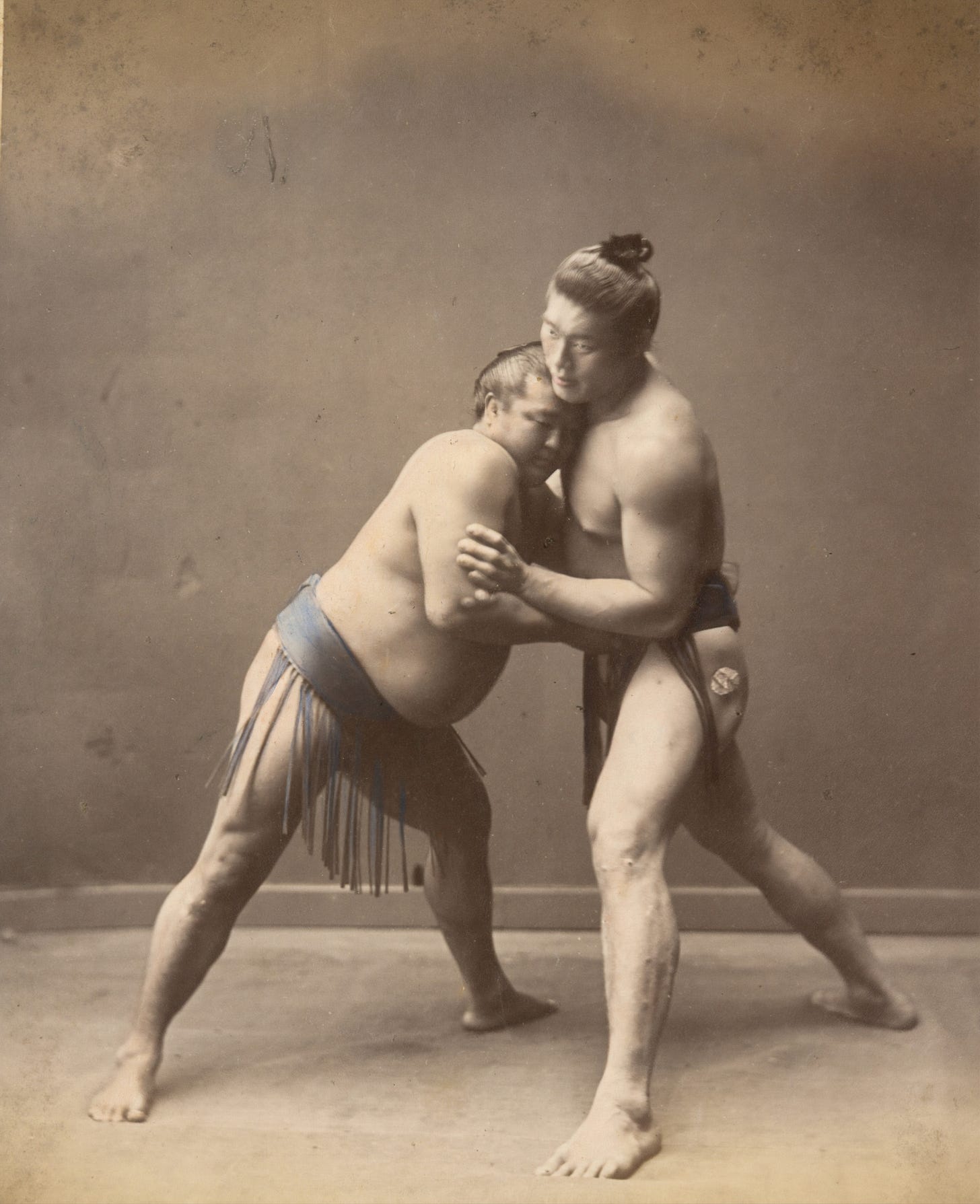Understanding "The New Wrestling"
Data-Driven Jiu-Jitsu 05 - How to wrestle without being a wrestler.

Wrestling is the best base for Jiu-Jitsu.
There, I said it.
The only grappling arts that I think really come close to wrestling are either Sambo or Judo, but since Sambo is fake (and not really practiced in America), we’re going to leave it out of this discussion.
Even the best Judo guys who I’ve trained in with in BJJ (guys like Justin Flores and his disciples) all have experience in folkstyle and freestyle wrestling. Wrestling makes you tough, it gives you the grit required to win at a high level, and it gives you one key tactical advantage over your opponent:
If you can control the stand-up battle, you get to control where the match happens.
I experience this firsthand when I train with someone who’s a really high-level wrestler. There’s a guy who I train with quite a bit in the gym who is a 4-time state champion wrestler who also has D1 experience.
When we wrestle, I’m able to escape without getting scored on under ADCC criteria (the style we’re training for), but I can’t help but be a bit frustrated that I don’t really have a say in where the round takes place. I’m basically always in the guard.
Training with an extremely high-level wrestler makes you realize how important wrestling is for Jiu-Jitsu — especially no-gi. Admittedly, in the gi, Judo is more relevant.
Either way, however, there is a big problem with wrestling in Jiu-Jitsu, and this article aims to explore and understand that. If you liked the podcast I did for BJJ Mental Models a few weeks ago, this article aims to take those ideas a step further.
This is “The New Wrestling” — for BJJ.
Keep reading with a 7-day free trial
Subscribe to The Grappler's Diary to keep reading this post and get 7 days of free access to the full post archives.



